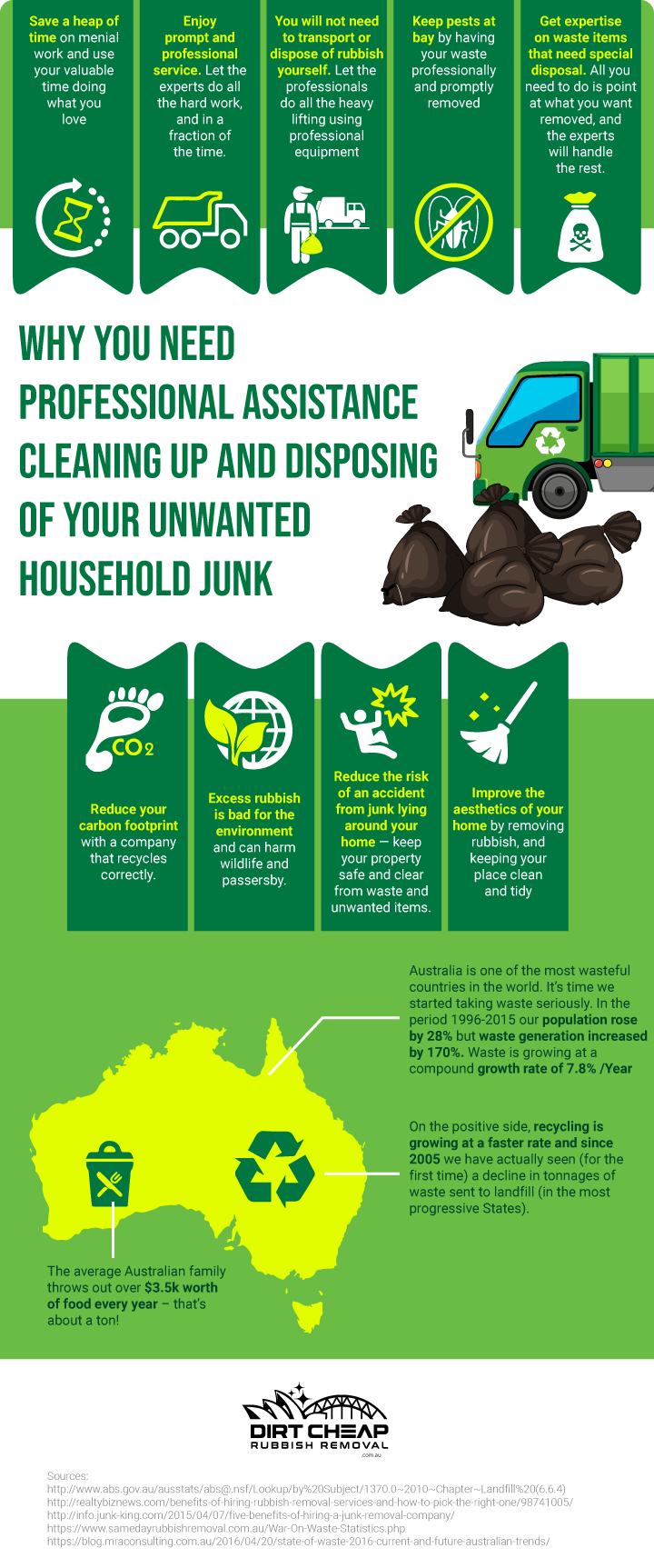How To Select The Right Dumpster Size For Your Task: A Comprehensive Guide
How To Select The Right Dumpster Size For Your Task: A Comprehensive Guide
Blog Article
Writer-Cabrera Berger
When starting a task that requires a dumpster, the size you choose can greatly impact its efficiency and cost-effectiveness. Imagine having the excellent container that suits all your waste without being exceedingly huge or also small. All of it begins with understanding the nuances of your project and choosing a dumpster dimension that aligns with your certain requirements. So, prior to you choose, take into consideration the aspects at play to make sure a smooth waste monitoring process from beginning to end.
Factors to Take into consideration
When picking the appropriate dumpster dimension, there are several crucial aspects to take into consideration.
Initially, consider the sort of waste you'll be dealing with. Different products may call for varying quantities of area, so comprehending what you'll be placing in the dumpster is crucial.
Next, analyze the amount of waste you anticipate to produce. If you undervalue the volume, you may require to make several trips to dispose of everything, which can be troublesome and pricey. On the other hand, renting out a dumpster that's too huge can bring about unnecessary expenses.
Furthermore, think about the area where the dumpster will be placed. Make sure there suffices room for the dumpster to be provided and grabbed without any blockages.
Last but not least, think of any weight limitations that may apply. Exceeding the weight limit can cause extra costs and even the rejection of service.
Dumpster Dimension Choices
For picking the appropriate dumpster size, it's necessary to have a mutual understanding of the offered choices. Dumpster sizes typically vary from 10 to 40 cubic yards, with variations in between.
A 10-yard dumpster is suitable for tiny jobs like a garage cleanout or a little renovation. If you're tackling a medium-sized job such as a kitchen area remodel or a cellar cleanout, a 20-yard dumpster might be the ideal choice.
For bigger tasks like a whole-house renovation or business building, a 30 or 40-yard dumpster could be preferable to fit the quantity of waste generated.
When picking a dumpster dimension, consider the amount and type of particles you expect to get rid of. It's better to select a slightly larger size if you're unclear to stop overfilling. Bear in mind, it's even more cost-efficient to rent out a dumpster that fits your demands as opposed to needing to order an additional one.
Matching Dimension to Job
Optimally matching the dumpster size to your project is vital for efficient waste monitoring. To identify the best size, think about the scope and nature of your job.
For little home cleanouts or remodellings, a 10-yard dumpster may suffice. https://patch.com/new-york/northport/classifieds/announcements/377116/roll-off-dumpster-rentals-northport-ny are commonly 12 feet long and can hold about 4 pickup truck lots of waste.
For larger projects like renovating multiple areas or cleaning out a huge estate, a 20-yard dumpster may be more suitable. rent this dumpster are around 22 feet long and can hold about 8 pickup loads.
If you're dealing with a major building project or business renovation, a 30-yard dumpster could be the most effective fit. These dumpsters are about 22 feet long and can accommodate about 12 pickup loads of debris.
Matching the dumpster dimension to your project ensures you have adequate area for all waste products without overpaying for extra ability.
Verdict
Finally, selecting the best dumpster dimension for your task is critical for effective garbage disposal. By thinking about factors like the type and amount of waste, area schedule, weight restrictions, and budget plan restrictions, you can ensure you have the suitable size dumpster for your requirements. Make sure to match the dimension of the dumpster to the scope and nature of your task to avoid overspending on unneeded expenditures.
